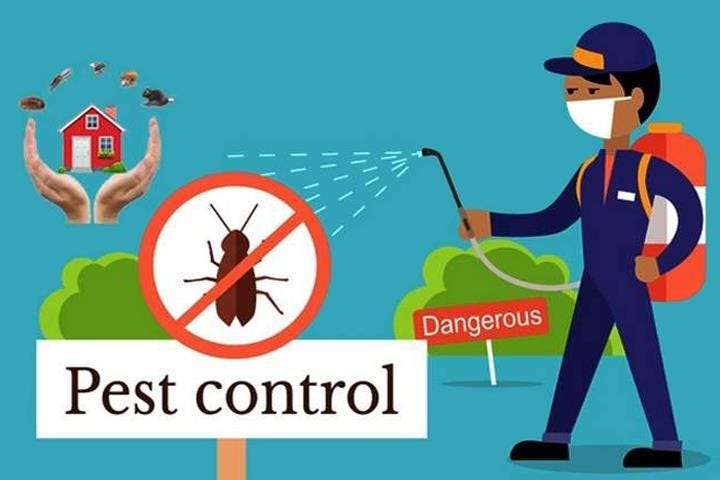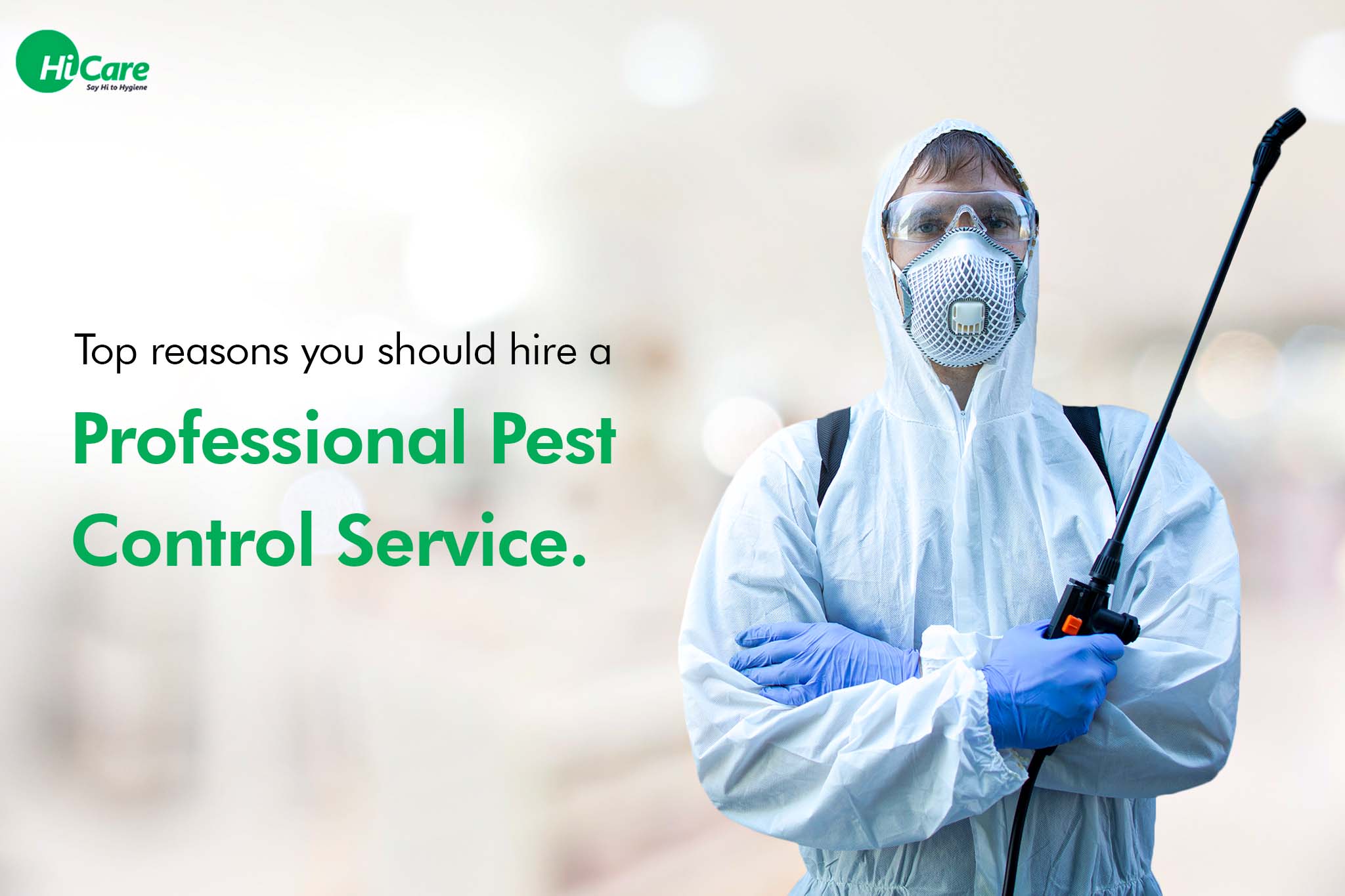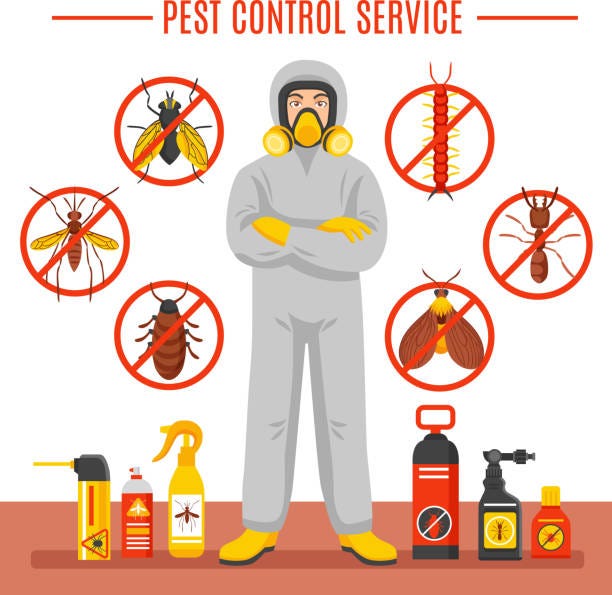Top-rated Pest Control Clovis Solutions: Your Comfort
Wiki Article
Recognizing the Numerous Methods to Parasite Control: A Comprehensive Guide

Natural Pest Control Methods
Utilizing environment-friendly techniques such as friend growing and organic insect control is essential for properly handling pests in farming settings. Friend planting entails growing various crops in closeness to prevent pests, boost nutrient uptake, and enhance total crop health and wellness.Organic insect control entails introducing all-natural killers or microorganisms to regulate pest populaces. Ladybugs, for example, feed on aphids, regulating their numbers without the need for chemical pesticides. One more instance is using Bacillus thuringiensis (Bt), a microorganism that targets particular insect parasites while being harmless to people, pets, and useful pests.
These environment-friendly methods not only minimize the dependence on synthetic pesticides yet also help protect biodiversity and dirt health. By incorporating natural pest control methods right into agricultural practices, farmers can accomplish lasting pest monitoring while reducing unfavorable effect on the environment.

Chemical Insect Control Solutions
Along with all-natural parasite control methods, the usage of chemical insect control options plays a substantial duty in effectively managing pest populations in farming atmospheres. Chemical bug control options are created to target details parasites that might create considerable damages to plants. These remedies often contain synthetic pesticides that are developed to eliminate insects rapidly and efficiently.One of the vital benefits of chemical bug control solutions is their effectiveness in regulating insect infestations widespread. Farmers can use these remedies making use of different methods such as spraying, airing out, or seed therapy to safeguard their crops from damaging insects, weeds, and illness. Furthermore, chemical pest control services are relatively very easy to use and can offer rapid outcomes, assisting farmers guard their returns and lessen economic losses.
However, it is important to utilize chemical parasite control options sensibly to decrease potential adverse impacts on the setting, non-target organisms, and human health and wellness. Correct application methods, adherence to safety standards, and normal tracking are critical to guarantee the liable use chemical bug control remedies in agricultural methods.
Biological Bug Control Approaches
Organic bug control approaches utilize natural predators or virus to handle parasite populaces in agricultural settings efficiently. This technique offers a eco-friendly and sustainable service to pest monitoring, reducing the dependence on artificial chemicals and decreasing harm to the setting. One common biological control method is the introduction of all-natural opponents, such as ladybugs or parasitical wasps, to target details insects. These predators eat the insects, assisting to manage their populations normally - pest control clovis.Another organic control approach includes making use of virus like bacteria, fungis, or infections to infect and kill bugs. These microbial agents can be sprayed on crops or introduced into the dirt to battle various pests without damaging beneficial pests or various other wild animals. In addition, the usage of scents to disrupt the breeding patterns of parasites is an additional effective biological control technique. By hindering their reproduction, this approach aids to decrease pest populaces without the requirement for chemical treatment. On the whole, biological pest control strategies provide a sustainable and targeted remedy Visit Website to pest administration in farming.
Integrated Pest Monitoring (IPM)
Integrated Insect Monitoring (IPM) is an extensive strategy that integrates numerous insect control methods to efficiently handle and decrease pest populations in agricultural systems. IPM concentrates on lasting avoidance of pests through a combination of organic, social, physical, and chemical control approaches. By integrating these different techniques, IPM intends to reduce reliance on chemical pesticides, reduce ecological influence, and advertise sustainable insect monitoring techniques.
One key aspect of IPM is the use of biological controls such as natural killers, parasites, and microorganisms to control bug populaces. This approach uses the power of nature to maintain an equilibrium in between pests and their natural enemies without triggering injury to the setting.
In addition, IPM involves cultural methods like crop turning, environment, and cleanliness control to produce undesirable conditions for pests and disrupt their life process. Physical controls such as obstacles, mulches, and traps are also made use of to protect against parasite invasions.
Physical and mechanical Insect Control Techniques
Making use of non-chemical techniques, such as mechanical and physical bug control techniques, is a vital facet of extensive pest monitoring methods, developing upon the structure of Integrated Bug Management's alternative method. Mechanical pest control entails making use of physical obstacles or traps to prevent bugs from accessing and damaging plants or structures. This approach can include techniques like setting up screens on windows, making use of row covers in agriculture, or using sticky traps to capture insects.Physical parasite control methods, on the various other hand, emphasis on directly getting rid of parasites with physical methods. As an example, using warm therapies to eliminate bed pests or vacuuming up pests like ants or spiders can be reliable methods to take care of infestations without making use of chemicals. By integrating these mechanical and physical insect control strategies right into an Integrated Insect Administration plan, people and specialists can minimize dependence on chemicals while still efficiently reducing and taking care of pest populaces damage.
Conclusion

In addition to all-natural insect control important site approaches, the use of chemical pest control remedies plays a considerable duty in efficiently managing pest populaces in farming environments.One of the vital advantages of chemical pest control options is their effectiveness in managing parasite invasions on find more information a big range.Integrated Pest Monitoring (IPM) is a detailed approach that integrates numerous pest control methods to effectively handle and decrease pest populations in farming systems.Using non-chemical approaches, such as mechanical and physical insect control strategies, is an essential element of comprehensive insect administration approaches, building upon the foundation of Integrated Bug Monitoring's holistic technique. By including these physical and mechanical pest control methods into an Integrated Bug Monitoring strategy, experts and individuals can minimize dependence on pesticides while still properly reducing and managing pest populaces damages.
Report this wiki page